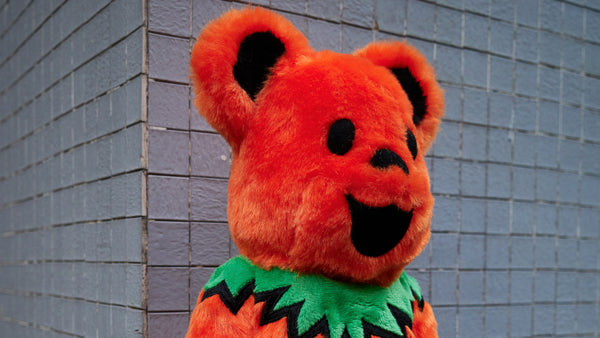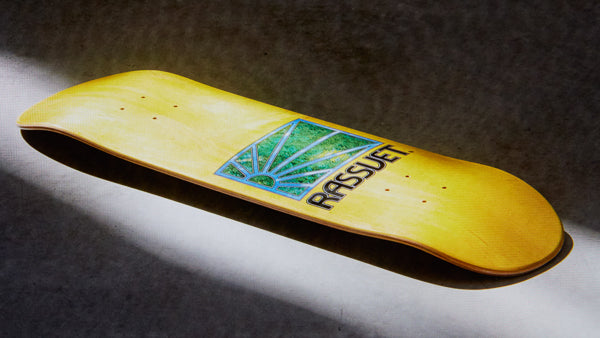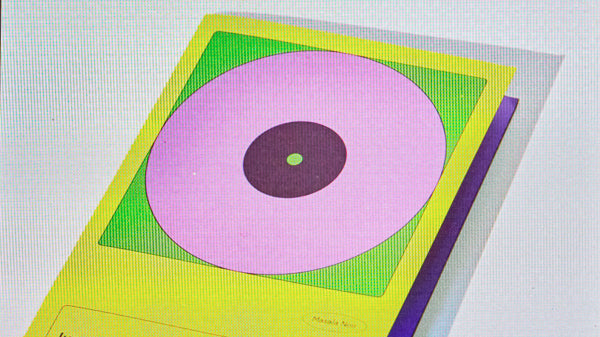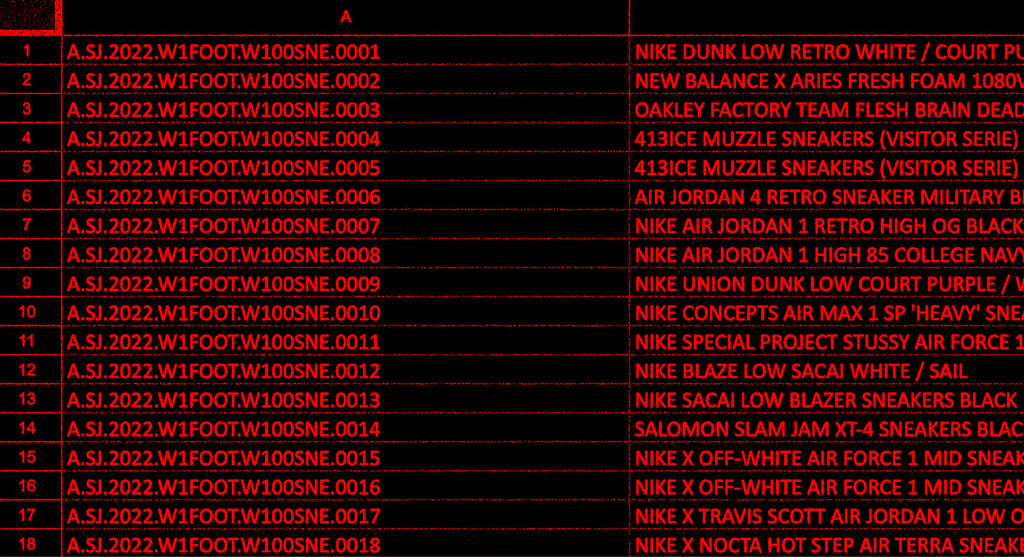STYLE 28.05.20
Travis Scott's Air Max 270 "Cactus Trails" rewrites the recipe for hype
Words by Isabel Flower
Illustration by Woc
Nike initiated Travis Scott into their collaborative partnership by handing over the blueprints for some of the most legendary shoes in the brand’s history. Since 2018, the Houston-born rapper and longtime Jordan acolyte has made a name for himself in the world of sneakers with eccentric takes on iconic silhouettes—Jordan 1s, 4s and 6s, Air Force 1s and an SB Dunk Low, among others. Armed with this iron-clad marketing tactic—wed styles with extensive collab histories and built-in collector bases with one of the most popular musicians of the moment—each of these releases sold out quickly and demanded substantial markups on secondary retail platforms. Scott’s creative toolbox deployed subtle conceptual gestures (take the backwards swoosh on his Jordan 1 Retro High) alongside more outlandish, and divisive, interventions such as the corduroy and denim-encased zipper installed atop the laces of last year’s Air Force 1 Lows.
His latest foray, however,—the Air Max 270 Cactus Trails—subs an almost paradoxically different kind of sneaker into a tried and true recipe. The Air Max 270 React was released less than a year ago, and the ENG just last month, both offspring of 2018’s Air Max 270—a lifestyle shoe that takes cues from the Air Max 93 and 180 and boasts the largest air heel to date. Among the most ubiquitous sneakers of the past two years, this is a shoe as mass as they come.
For the past almost-four decades that sneakers have comprised (at least for some) a near-mythical cultural phenomena, there have always been two, parallel tiers of product; limited pro-player releases (modeled by Jordan in the mid 1980s) at elevated price points are shadowed by a slew of mass- market counterparts, widely available at most retailers and significantly less expensive. Easy math: the heightened demand for the former indirectly fuels sales of the latter.
But, with Scott’s help, Nike reels the Air Max 270 back, shrouding it in the necessary qualifiers for “hype;” deliberate scarcity, celebrity endorsement, insider marketing and niche vendors. Of course, the Air Max 270 Cactus Trails is not without its own flare. A mad mixture of earth tones, “deconstructed” textures and an oversized sole place this shoe squarely in the family of the “fashion” sneaker. Some details even flirt with the past; the undulating squiggles of the ENG upper recall a mid- late ’90s moment that gave us such iconic styles as the Air Pippen 1 (1997) and Sean McDowell’s Air Max Plus “Tn” (1998), as well as a mostly forgotten catalogue of quixotic performance releases that seemed better suited for NASA than a rec league. Look no further than the mothy pages of an Eastbay catalogue for such time trips as the Reebok Kamikaze II of 1995; Air Turf Marauders, Winged Flights and the outrageous Adidas KB-8, all 1997; and the Air Fortify and Super Zoom of 1998. Though the majority of such styles have slipped from memory, sneakers have long offered a territory for experimentation and play, where techno- futurism meets absurdity.
The pop-culture sneaker boom has been at least partially enabled by cosigns from non-athlete superstars such as Scott and, of course, Kanye West. Gone are the days when partnerships prioritized favorite players like Pippen, Charles Barkley and Penny Hardaway. But while basketball gave us the designs, hip hop provided a wider context, a mode of delivery and an audience. In this new era for sneakers, with markets more saturated than ever, the formula for relevance, accessibility and restraint will continue to test what people are willing to wait on (virtual) line for.






































































































